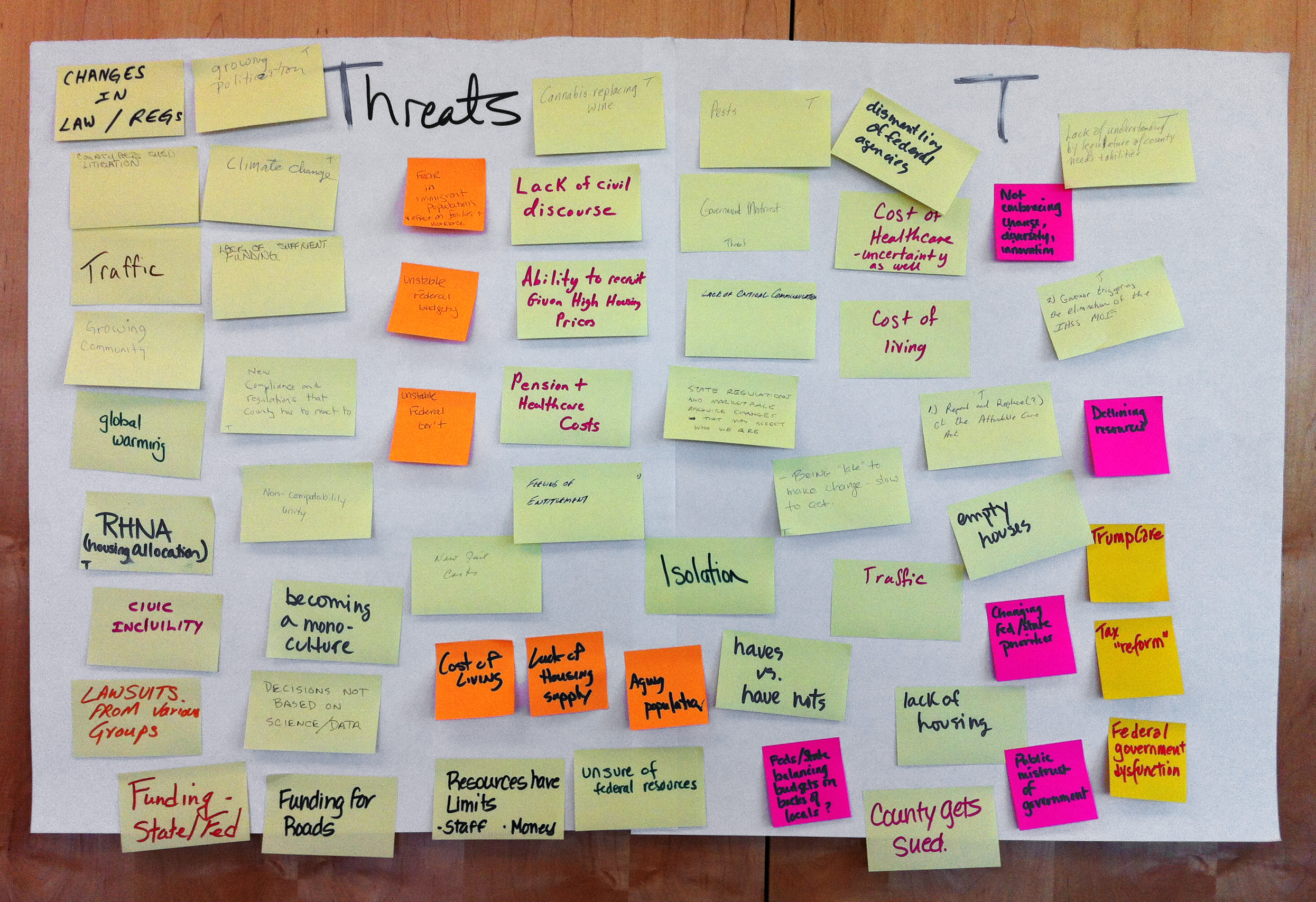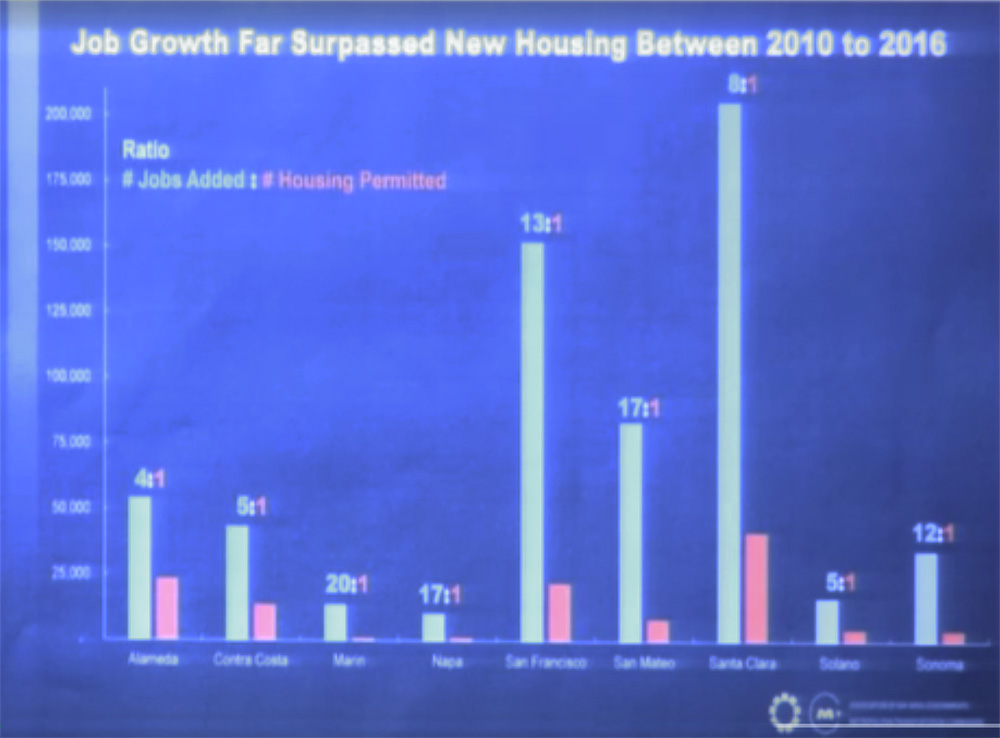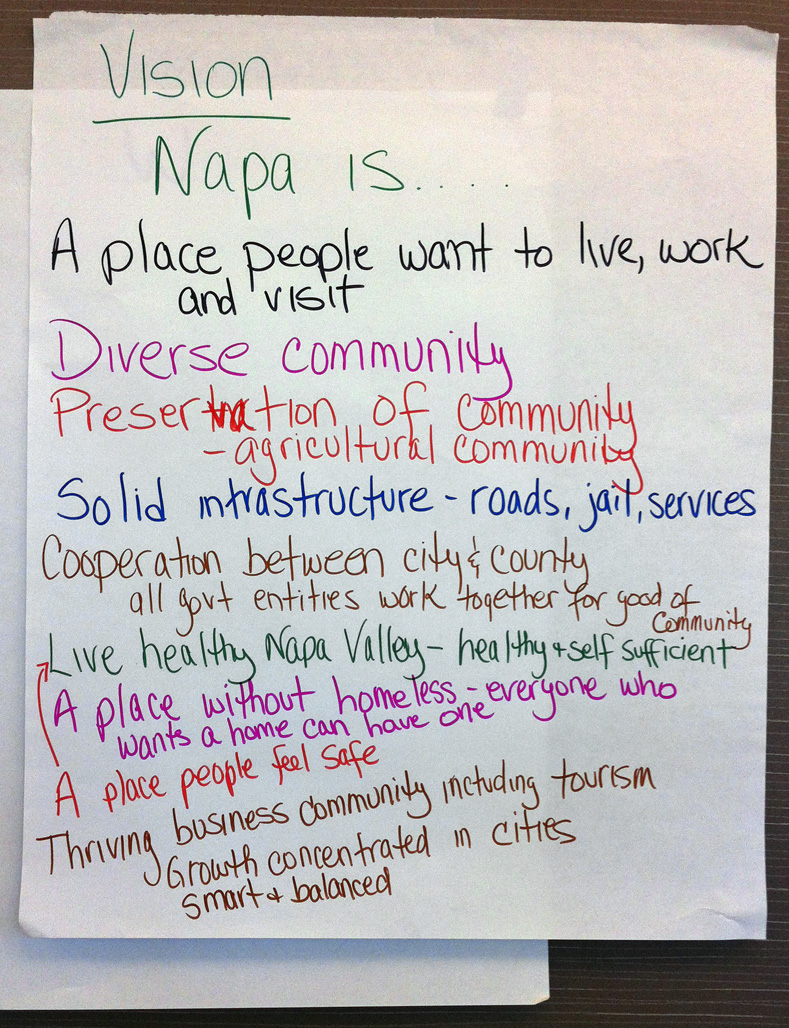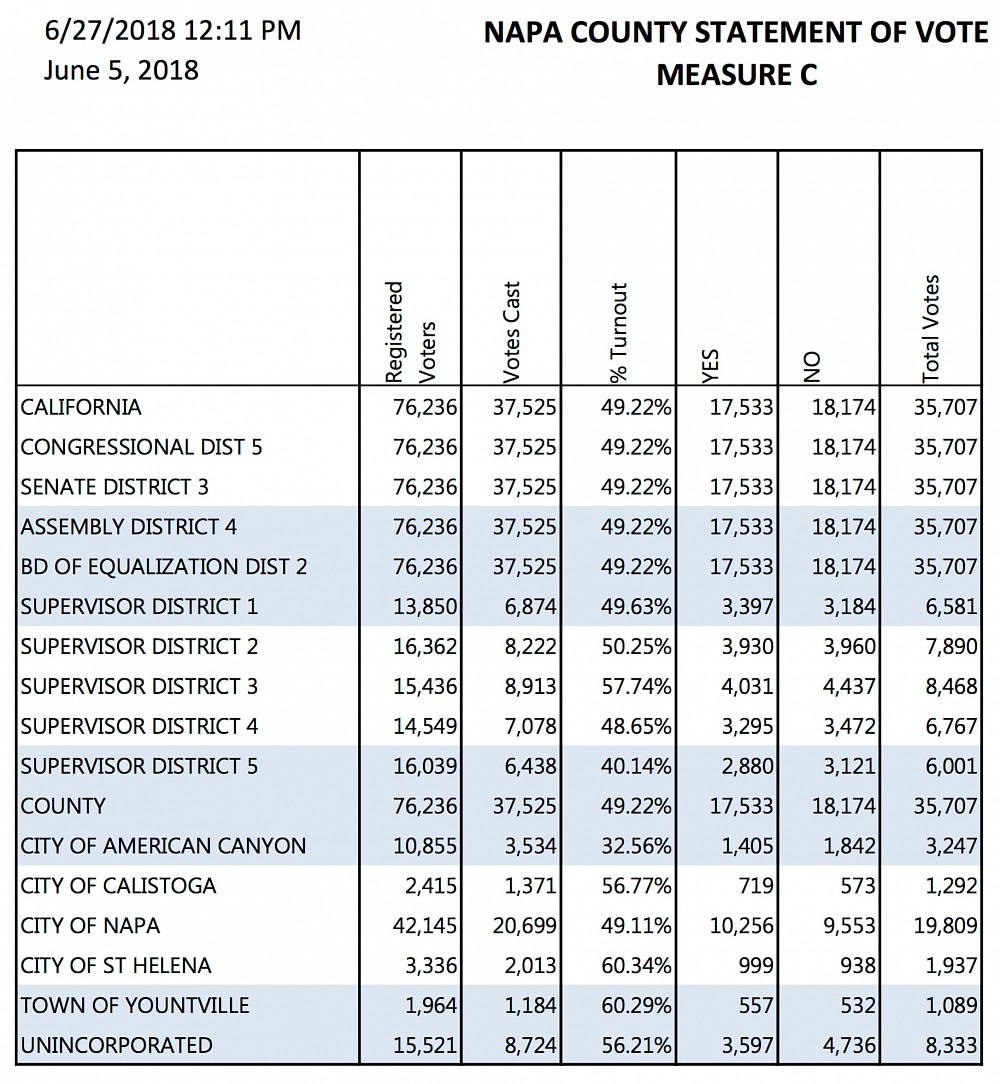Home
Soda Canyon
Mountain Peak
Napa Soda Springs
The Caves
Relic
Meadowrock
Grassi
Rector Watershed
Fire Issues
The Hennessey FIre
The Atlas FIre
After the Fire
Tourism Issues
The Hotel Binge
The Winery Glut The WDO
APAC
Remote Winery List
Remote Winery Ord.
Calistoga
St Helena
Soda Canyon
Mountain Peak
Napa Soda Springs
The Caves
Relic
Meadowrock
Grassi
Rector Watershed
Fire Issues
The Hennessey FIre
The Atlas FIre
After the Fire
Tourism Issues
The Hotel Binge
The Winery Glut The WDO
APAC
Remote Winery List
Remote Winery Ord.
Calistoga
St Helena
Growth Issues
New Development List
Napa Strategic Plan
Climate Action Plan
Affordable Housing
Solar Farming
Napa City
South Napa Co Heliport Measure D
Palmaz Heliport
Watershed Issues
New Vineyard List
Conservation Regs
Measure C
Rector Watershed
Walt Ranch
Compliance Issues
Solutions
Open Comments
New Development List
Napa Strategic Plan
Climate Action Plan
Affordable Housing
Solar Farming
Napa City
South Napa Co Heliport Measure D
Palmaz Heliport
Watershed Issues
New Vineyard List
Conservation Regs
Measure C
Rector Watershed
Walt Ranch
Compliance Issues
Solutions
Open Comments
Community Groups
KNGG
Napavision 2050
Protect Rural Napa
St Helena Window
St Helena Post
Save Napa Valley
Save Rural Angwin
Sonoma County
Calendar
Resources
Maps
Send a Letter
About Us
Log In
KNGG
Napavision 2050
Protect Rural Napa
St Helena Window
St Helena Post
Save Napa Valley
Save Rural Angwin
Sonoma County
Calendar
Resources
Maps
Send a Letter
About Us
Log In
Subscribe to the Napa Valley Register
Please note that this site relies heavily on the reporting and the letters-to-the-editor in the Napa Valley Register. I would encourage you to subscribe here if you really wish to follow what is going on in Napa County - and to make sense of my blog. The cost is nominal compared to the major dailies, and, unlike them, the Register contains news and views that are simply unavailable elsewhere. (Also note this is not an ad: I'm sure the NVR could care less about sodacanyonroad.org)
Please note that this site relies heavily on the reporting and the letters-to-the-editor in the Napa Valley Register. I would encourage you to subscribe here if you really wish to follow what is going on in Napa County - and to make sense of my blog. The cost is nominal compared to the major dailies, and, unlike them, the Register contains news and views that are simply unavailable elsewhere. (Also note this is not an ad: I'm sure the NVR could care less about sodacanyonroad.org)








.jpg)


